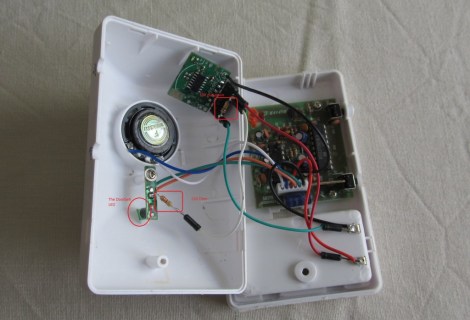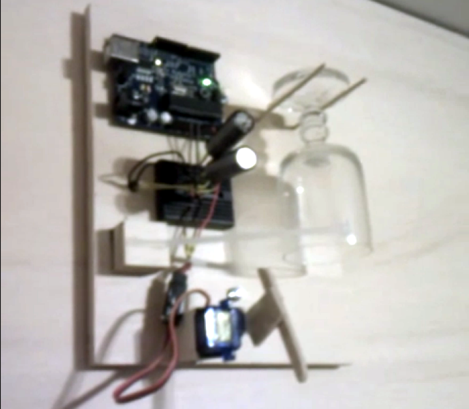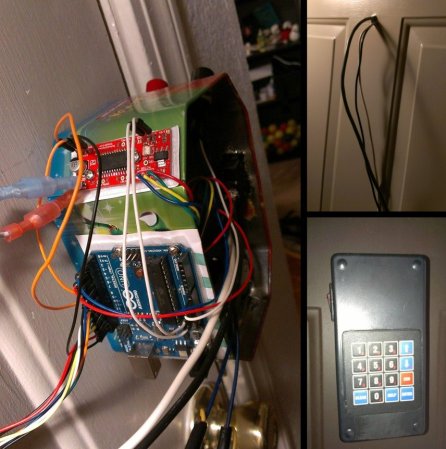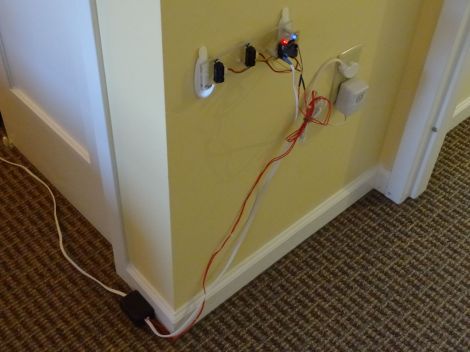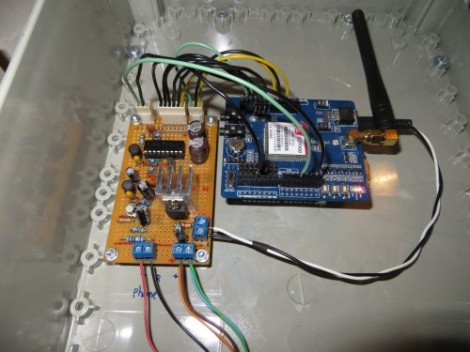
Beer Pong seems to have been around for some time but it only recently exploded in to a universally known game. But one thing has always bothered us. Who wants to drink the beer into which that grimy little ball has fallen? Leave it to the frat boys at MIT to come up with a solution. Their beer pong table automatically cleans your balls.
Of course the table looks great. It’s outfitted with laser cut felt lettering on the apron, and the top features EL wire highlights. But the two features that really set it apart aren’t hard to spot either. First, there are rain gutters along either side to help catch the spillage. Secondly, that blue ring is actually the input nozzle for the ball cleaner. By pushing the ball through the vinyl sleeve it enters a recirculating liquid cleanser, popping out of the portal on the left a second later. That’s about all the details we have on the system, but you can get a closer look at the inner workings in the clip after the break.
The thing to remember is that these guys NEVER run out of ping-pong balls. They’ve got thousands on hand ever since they built this launcher.

